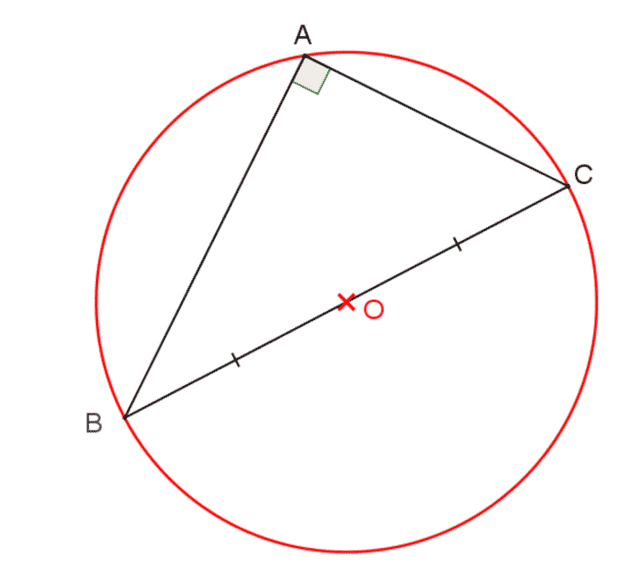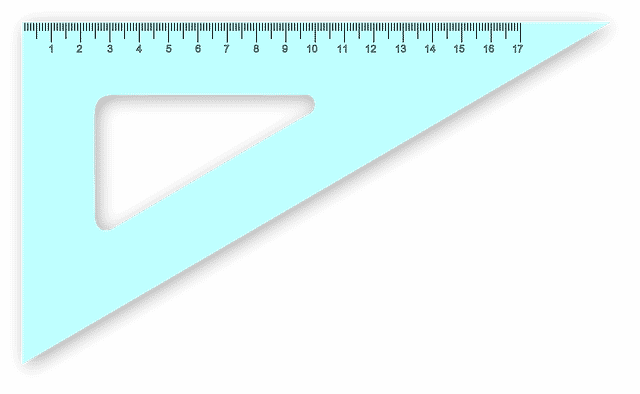
A right triangle has one right angle.
Triangles are polygons that have three sides . It should be remembered that polygons are flat figures, delimited by segments (that is, by their sides). The triangle, therefore, is a plane figure made up of three segments.
When a triangle has a right angle (measuring ninety degrees), it is classified as a right triangle . The other two angles of the right triangle are always acute (measure less than ninety degrees).
Characteristics of a right triangle
The right angle in the right triangle is formed by the two shorter sides, known as legs , while the third side (the longest side) is called the hypotenuse . The properties of these triangles indicate that the length of the hypotenuse is always less than the sum of the legs. The hypotenuse, on the other hand, is always longer than either of the two legs.
The famous Pythagorean theorem is based on these characteristics of right triangles and indicates that the square of the hypotenuse is identical to the result of the sum of the squares of the two legs.
In this way, the following equation is established for every right triangle:
Hypotenuse squared = Leg squared + Leg squared

The Pythagorean theorem is based on the characteristics of right triangles.
Other classifications and formulas
It should be noted that right triangles can be isosceles triangles (the two legs have the same extension: that is, they are equal) or scalene triangles (the extension of each side is different from those of the remaining two).
On the other hand, if we want to calculate the area of a right triangle, we can use the following formula:
Area = (Catetus x Leg) / 2
Right triangle and orthogonal projection
As can be seen, one of the fundamental points of triangles is the relationships that we can establish between their different sides and angles, something that is essential to solve a large number of problems, both in the field of mathematics and in many others. Before continuing with these relationships, it is necessary to cover another topic: orthogonal projection .
The orthogonal projection belongs to the field of Euclidean geometry , which studies the geometric properties of the spaces in which Euclid's axioms are fulfilled, a group of propositions considered evident that can generate others through logical deductions. To make an orthogonal projection, two elements are necessary: a set of points (which can be composed of only one); a projection line . The first is projected onto the straight line with the help of auxiliary lines perpendicular to it, so that the resulting dimensions are only correct in one case: when a segment parallel to the straight line is projected.
This concept is often used in video game development to create a false sense of depth, since the distance of objects from the camera does not matter: they will always have the same dimensions on the screen. Now, if we project the legs on the hypotenuse in this way, we obtain a geometric mean called height relative to the hypotenuse , a segment that starts from the point where both legs meet and cuts the hypotenuse perpendicularly.
When we plot the height relative to the hypotenuse, the right triangle becomes three triangles: the original plus the two it contains (as seen in the image). This gives rise to certain metric relationships. For example, the sum of both projections is equal to the hypotenuse ( a = m + n ). It is also correct to say that the product of the two projections is equal to the square of the hypotenuse, since h/m = n/h , and if we solve for h it gives us hh = mn .
The product between the projection of a leg and the hypotenuse is equal to the square of said leg: b/a = m/b => bb = am . Finally, the product of the legs is equal to the relative height multiplied by the hypotenuse: a/c = b/h => ah = bc .
